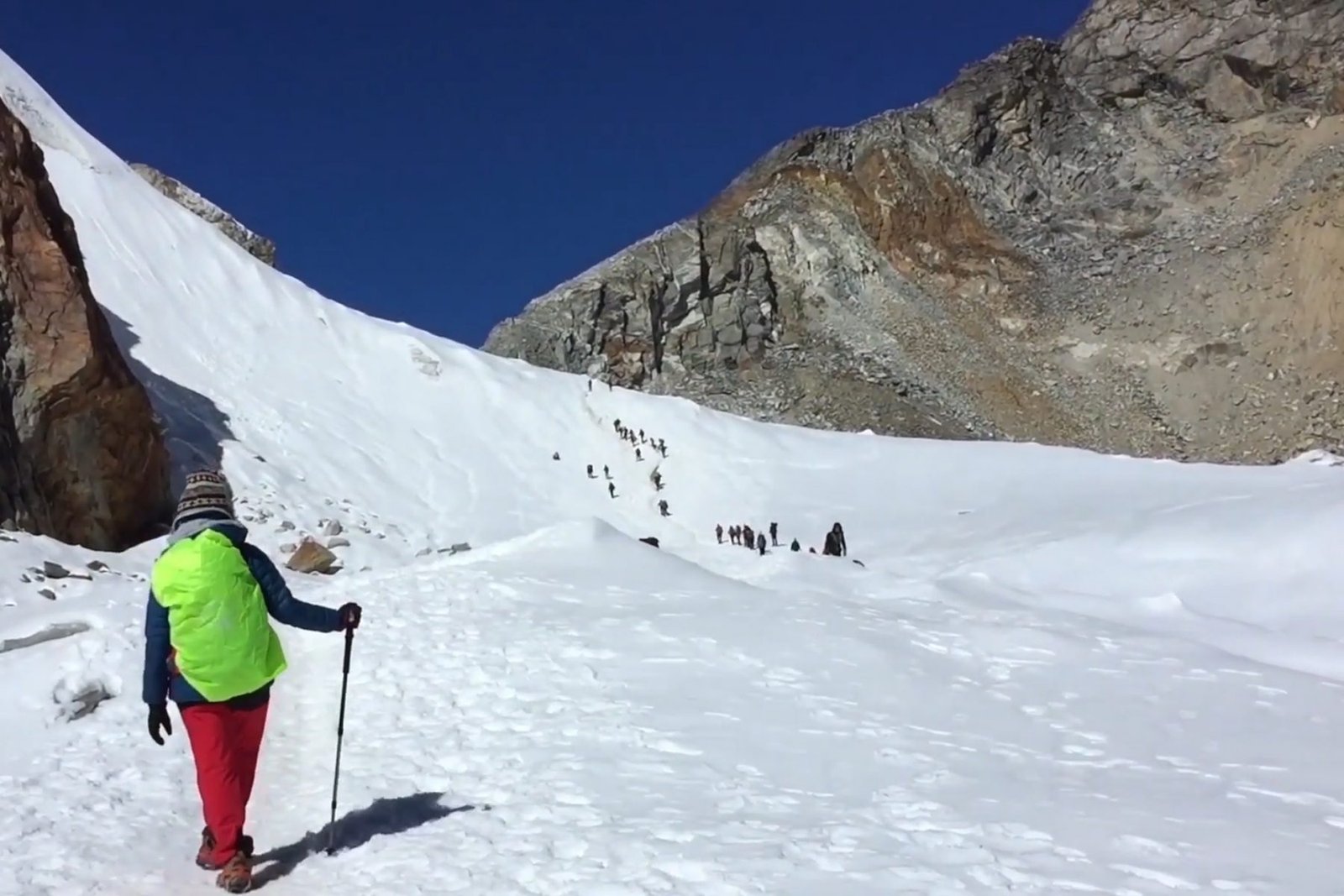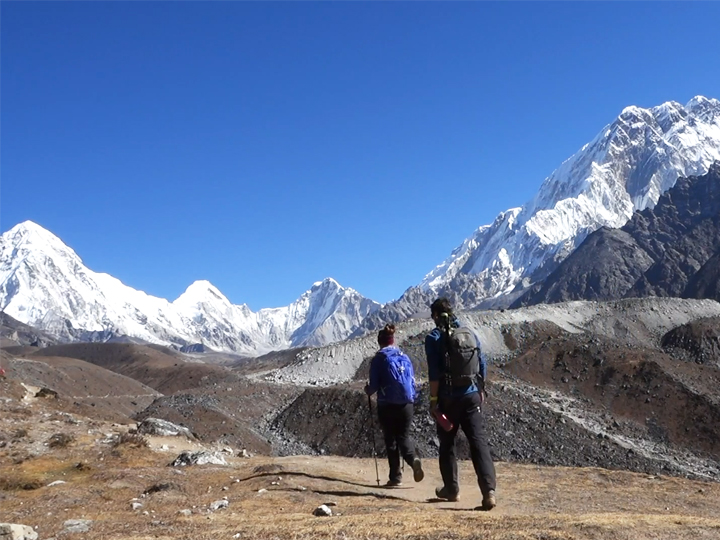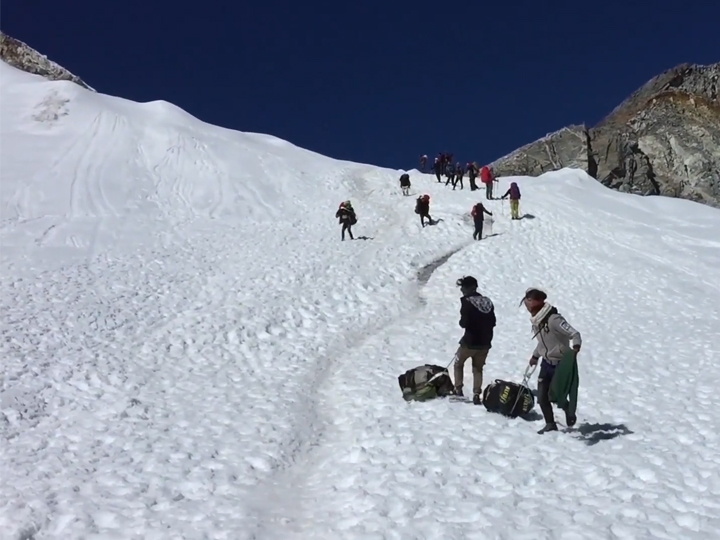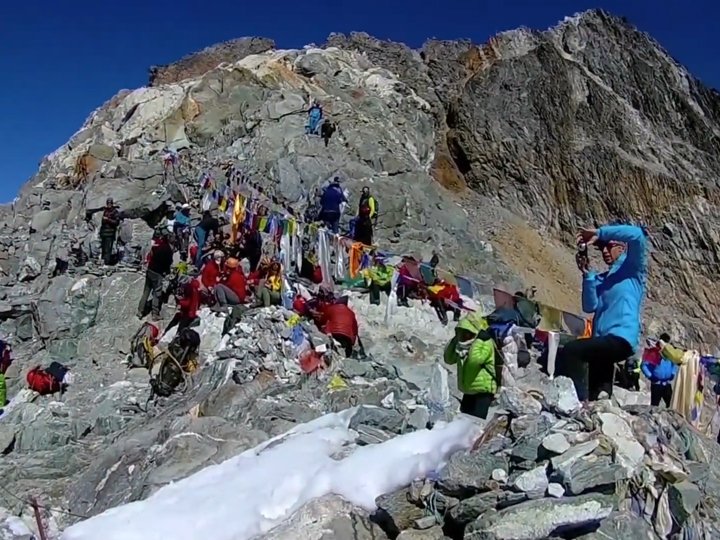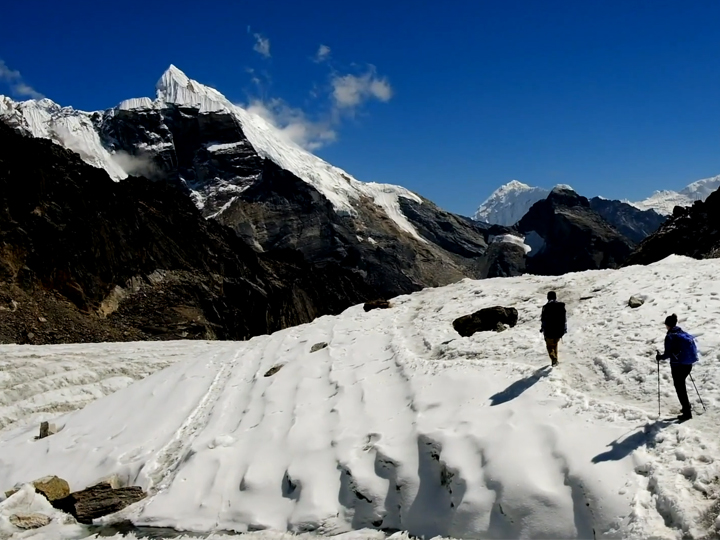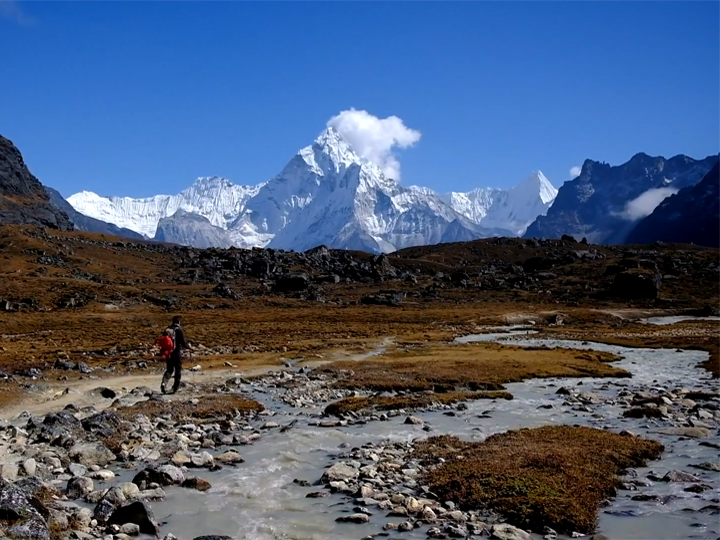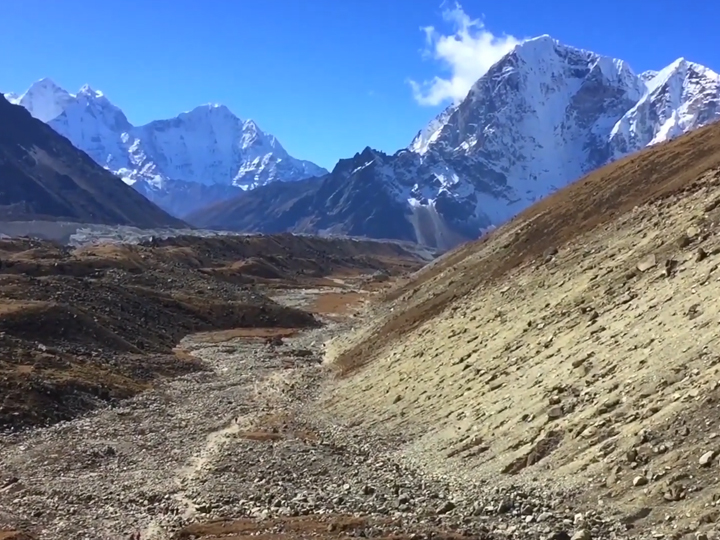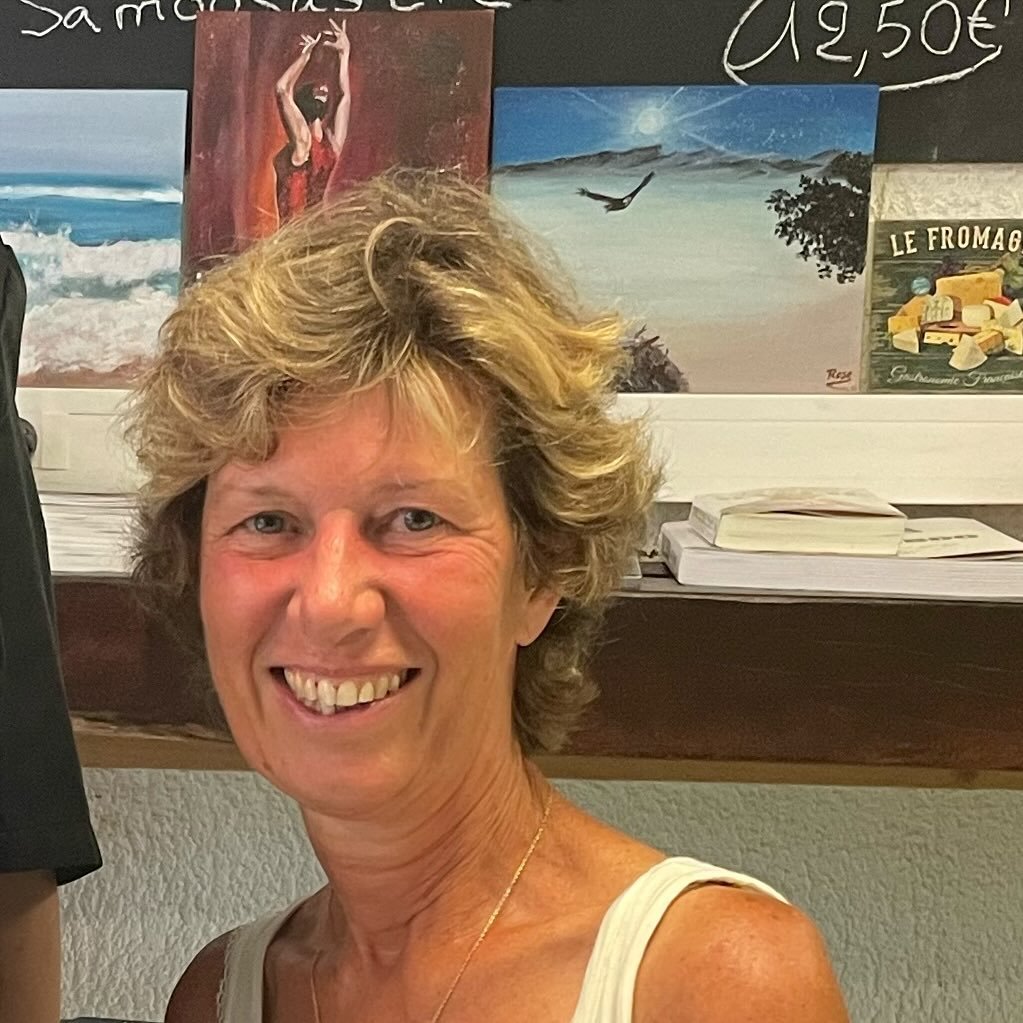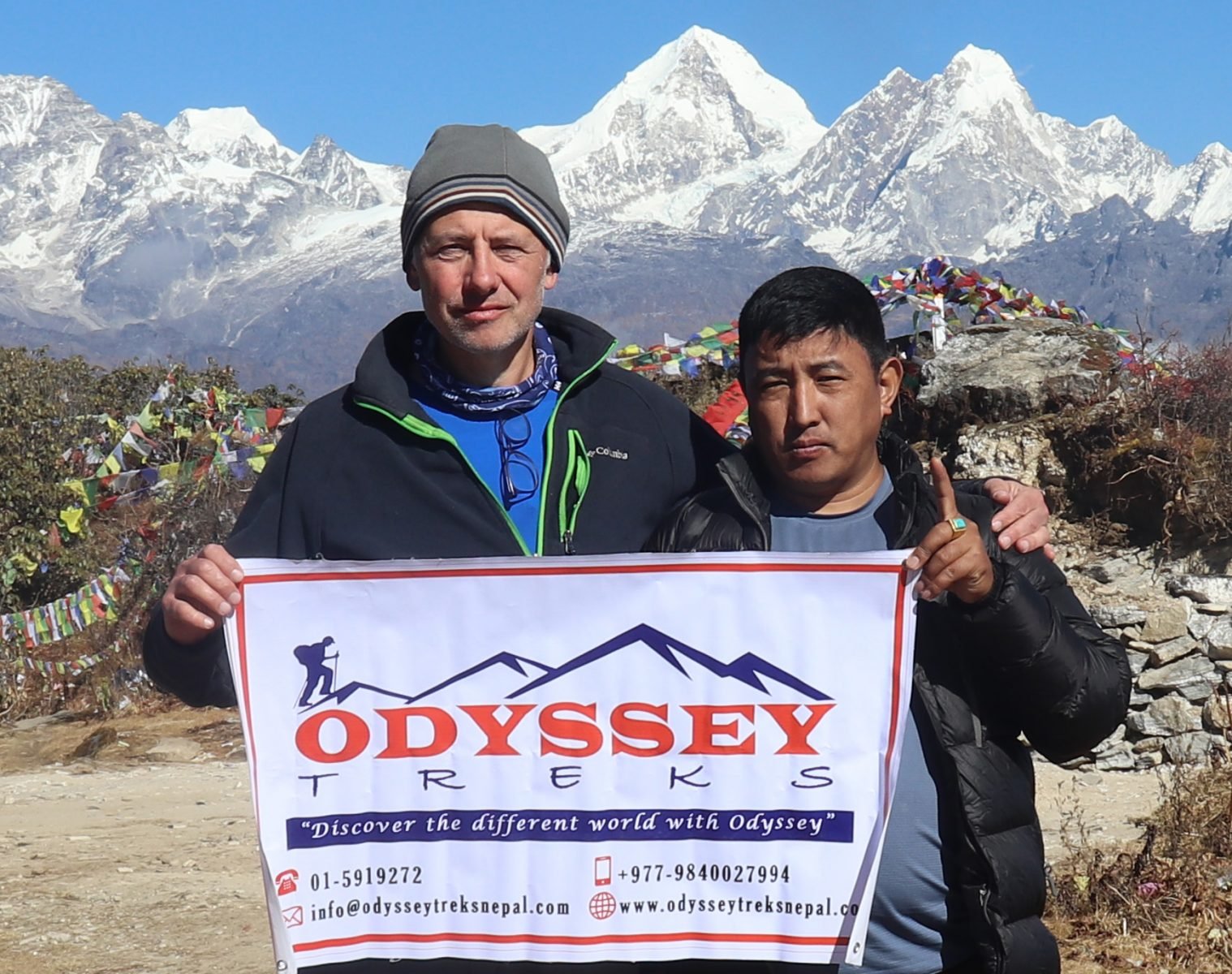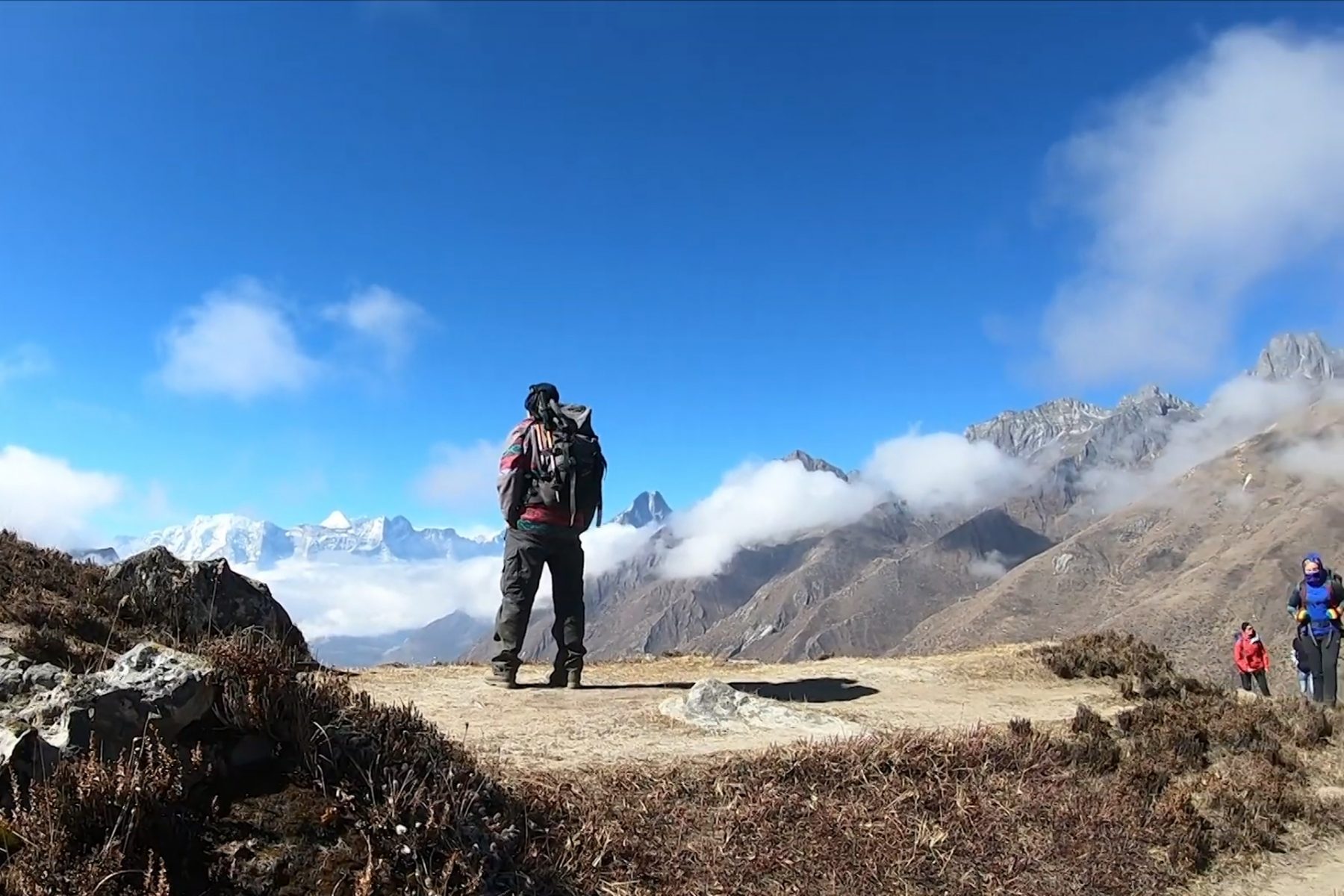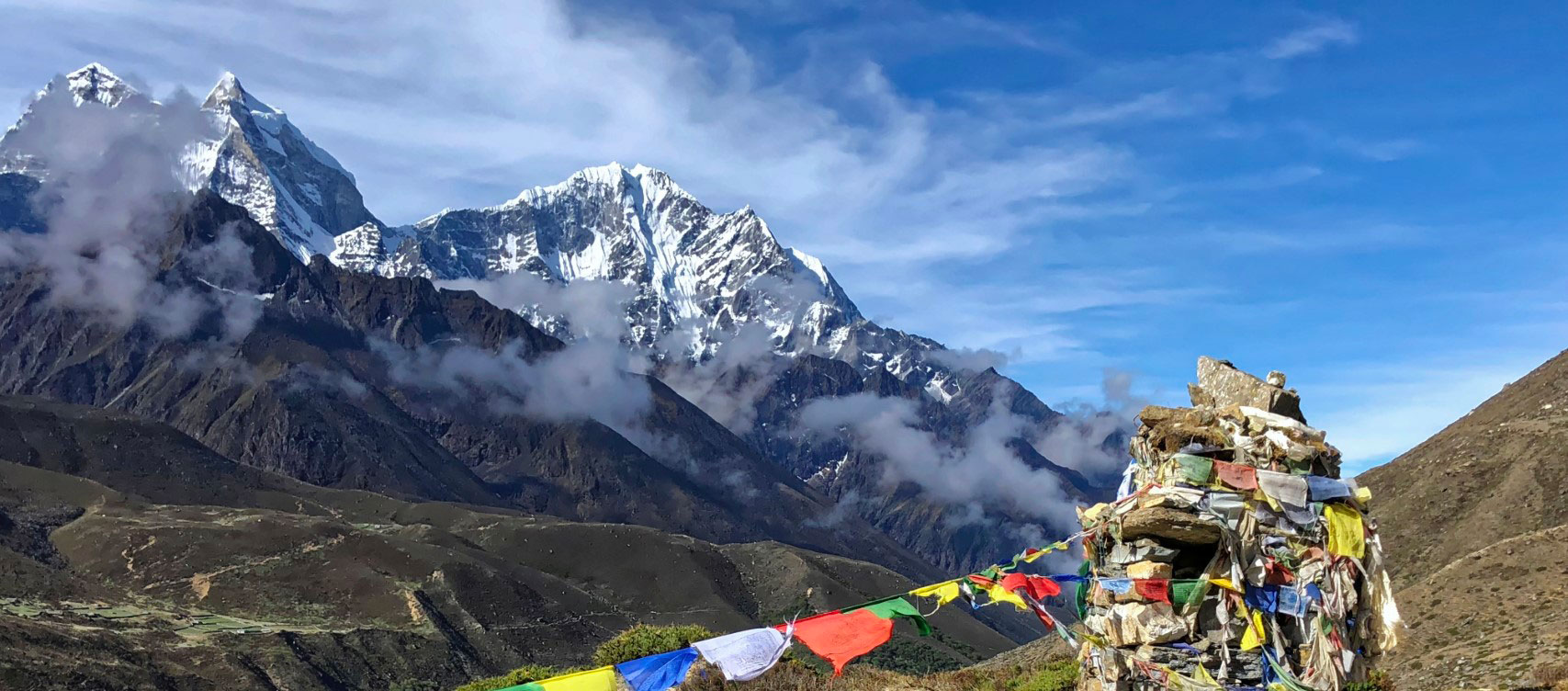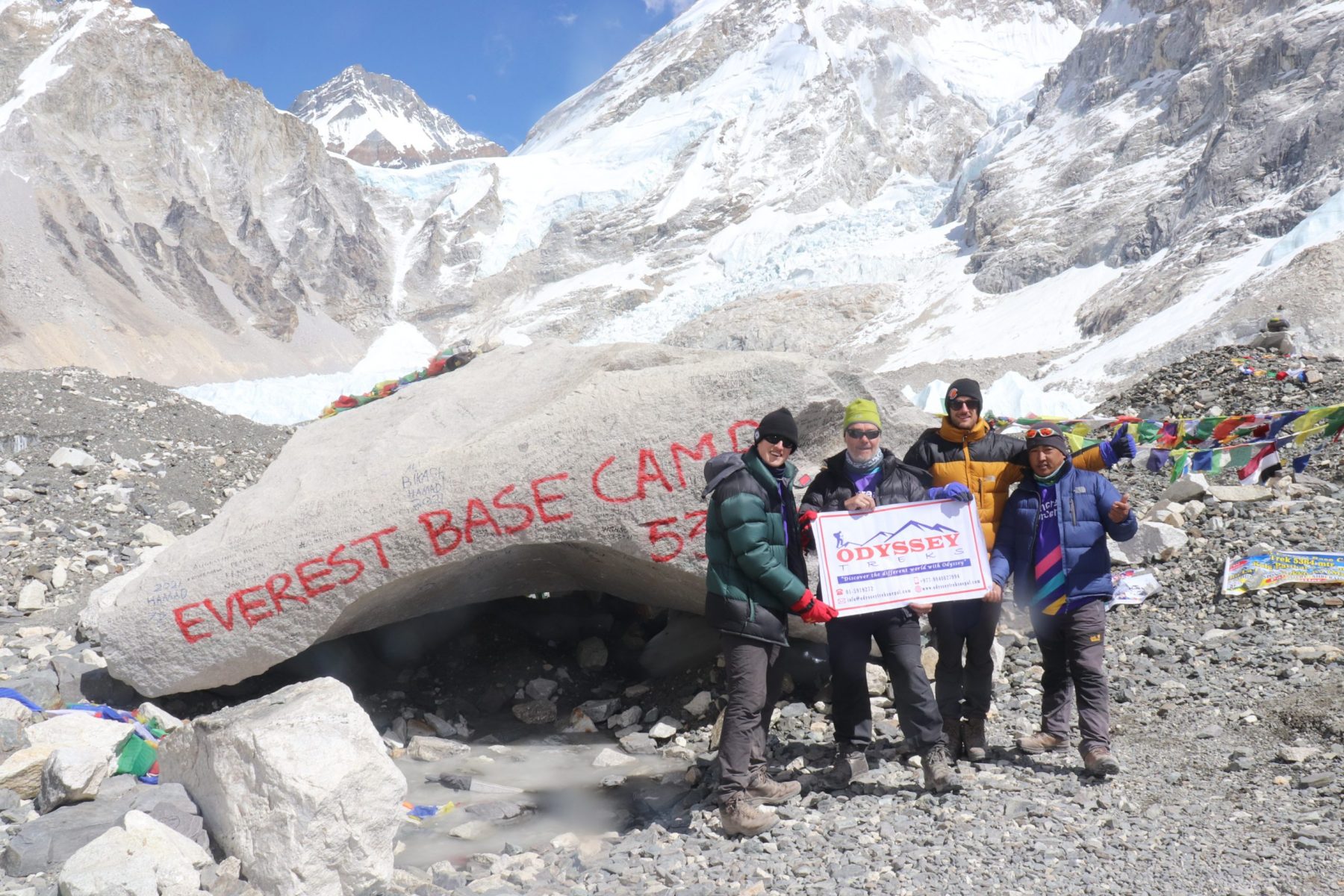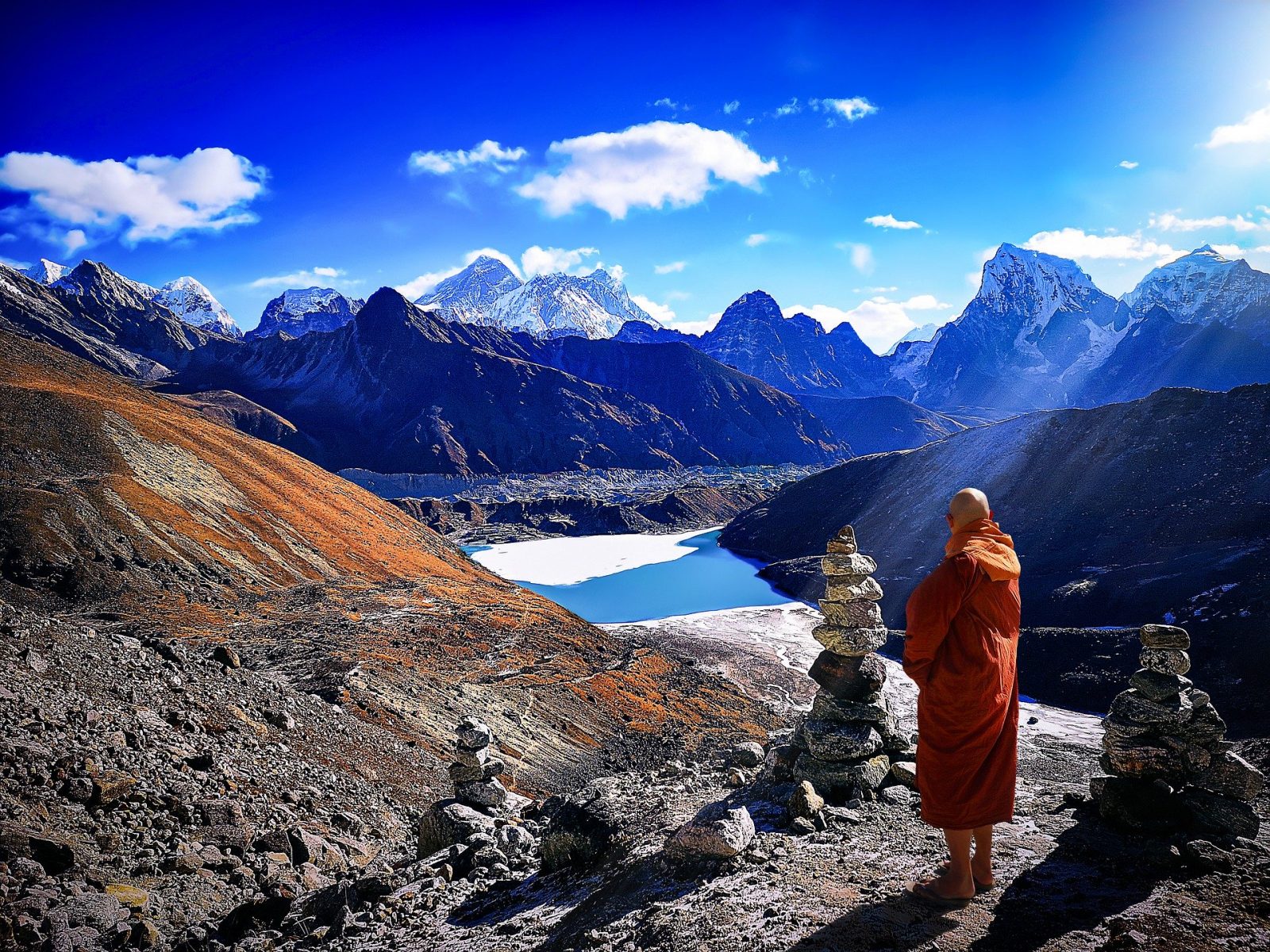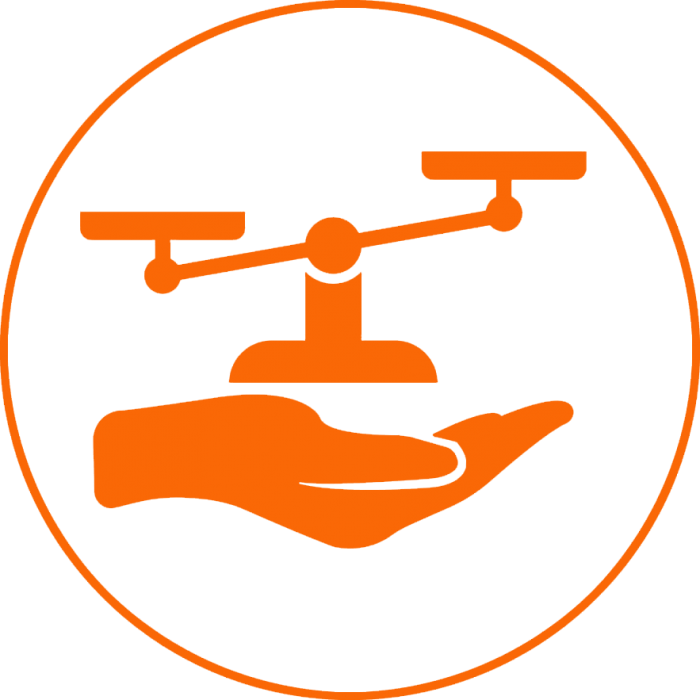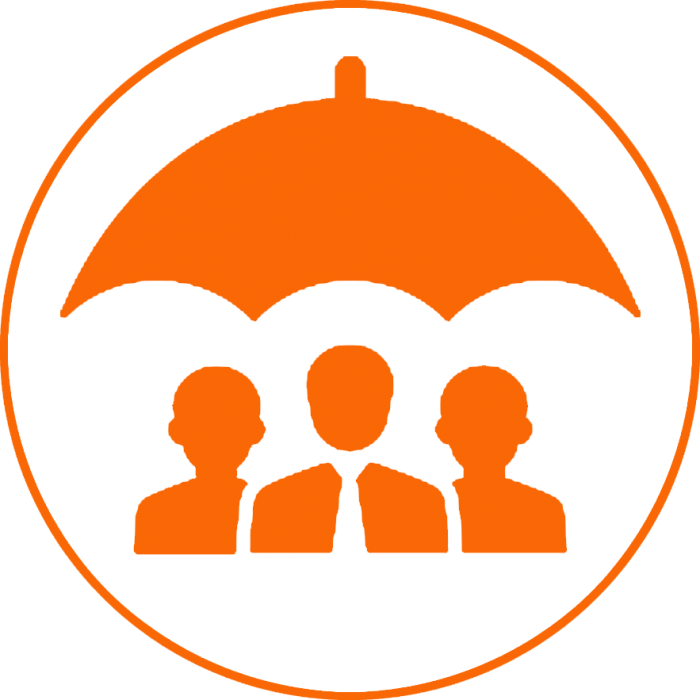Trip Overview
The Everest Chola Pass trek is famous for its magnificent mountain peaks and the loyal and friendly Sherpas. The Everest region, also known as the Khumbu region, is the most popular destination for tourists in Nepal.
It also covers the Everest Base Camp, Lukla, Namche Bazaar, Tengboche, the entire Solukhumbu District, and some beautiful peaks.
The Everest Chola Pass Trek in the Everest region of Nepal is a combination of everything, and it can offer you many things. As you walk along this trail, you will experience breathtaking landscapes, monasteries, forests, sherpa peoples, culture, mountain lifestyles, glaciers, and glacier lakes.
Above all, your trekking will be an achievement after the end—a trophy for a lifetime.
This adventure trek gives you the best view of the mountains, like Mt. Everest, Mt. Nuptse, Mt. Lhotse, Mt. Ama Dablam, Mt. Pumori, and many more.
Also, look at the best package for Everest Best Camp in just 14 days: Best Prices, Food, Culture, distance
You will find the base camp, Chola Pass, and Gokyo Lake completely different from the crowds of the capital.
The trail takes us to a valley with a turquoise-colored Gokyo lake. Also, the thrill of crossing the snowy trail at Cho La Pass is an exciting experience.
You May Like: 15 Best Places to Visit in Nepal
Get an adventure experience on the Everest Chola Pass Trek
This Everest Chola Pass Trek lets you experience the thrill of climbing with the Gokyo RI and crossing the Chola Pass at the top of the world. It is an adventurous experience, though the magnificent views of the mountains, glaciers, and glacier lakes will calm your senses and keep you going.
Come and join Odyssey Treks to experience the remote communities of the mountainous region with a wild view of the mountains. We campaign to make your journey unforgettable!
You can also visit: Everest High Passes trek in just 19 Days; packages, Costs, Cheap price, Itinerary,
Trip Itinerary
Fly Kathmandu to Lukla (45 minutes) and start trek to Phakding (2,610m) – 4 to 5 hours walk.
Phakding to Namche Bazaar (3,440m) – 6 to 7 hours walk.
Rest day at Namche Bazaar.
Namche Bazaar to Dole (4,200m) – 6 to 7 hours walk.
Dole to Machhermo (4,470m) – 4 to 5 hours walk.
Machhermo to Gokyo (4,790m) – 4 to 5 hours walk.
Excursion around Gokyo Ri (5,357m) and trek to Thagnag Kharka (5,025m) – 7 to 8 hours walk.
Thagnag Kharka to Dzongla (4,830) via Cho-La pass (5,330m) – 9 to 10 hours walk.
Dzongla to Lobuche (4910m) – 4 to 5 hours walk.
Lobuche to Everest basecamp and back to Gorakshep (5140m) – 7 to 8 hours walk.
Excursion around Kalapatthar (5,545m) and trek down back to Pheriche (4,240m) – 8 to 9 hours.
Pheriche to Phortse (3,810m) - 5 to 6 hours walk.
Phortse to Namche Bazaar (3,440m) – 5 to 6 hours walk.
Namche Bazaar to Phakding (2,610m) – 5 to 6 hours walk.
Phakding to Lukla (2840m) – 4 to 5 hours walk.
Fly Lukla to Kathmandu – 45 minutes.
Why not list the price?
Each client's needs may be different. The price of the trip varies according to the size of your group and the service you want. The cost of the trip is calculated according to the type of service and accommodation chosen by our customers.
Each trip is customized to fit the client's needs and group size, so the price of each organized trip is different. Please let us know the service you want and the size of the group. We create trips to suit your taste and travel budget per your requirements. Hope you find our price calculation reasonable according to your needs and preferences.
Frequently asked questions about this trip
How difficult is the Everest Chola Pass Trek?
The difficulty depends on where and how long you want to trek. The short trek is easy while the long trek requires some physical fitness.
What is altitude sickness?
Altitude sickness is normally known as acute mountain sickness. This can happen when people rapidly climb up to an altitude of more than 3000 meters. We ensure minimal risk by adding rest to our trekking itineraries. Most people will feel some effects of altitude, some shortness of breath and possibly light headache, this is normal enough. Acute mountain sickness patients are quite different and usually have a serious headache, sickness, and lose awareness. In almost all possible cases there are sufficient warning signs to take action properly. Descending to a lower altitude is usually enough to prevent any further problems.
What type of accommodation is available during the Everest Chola Pass Trek?
There are mainly tea houses and lodges available for trekking and they are usually made using local materials and are very comfortable. These accommodations are often family-run and usually provide single and double rooms. The dining room is on the ground floor and is often on fire. All food will be cooked in order in the family kitchen. Toilet facilities are sometimes separate and sometimes outside. Most lodges provide mattresses and blankets. It's a good idea to always have a sleeping bag, which can be useful, and perhaps an inflatable pillow.
How long do we walk every day at Everest Chola Pass Trek?
Trekking programs are classified into three different categories: soft, moderate and hard. Soft treks are only about 7 days to 10 days in duration. They generally do not go above 4000 meters; you can expect to walk about 4-5 hours each day. Moderate treks are challenging enough and long treks that go to the high hill country. Physically exhausting, this involves trekking along the cliffs of the mountains for about 6-8 hours. Harder treks are longer treks that go farther away from the general abode of trekkers and tourists. These physically challenging treks involve walking for 7- 9 hours each day.
How much weight do I need to carry on the trek?
You carry some of your personal belongings, such as warm clothing, water, snacks, sun block, cameras and more. Generally, these items will be lightweight, from 5 to 10kg (10 to 20 pounds). Our porters are available for other heavy goods and for your information one porter would be sharing by two people. The maximum weight carried by one porter is total 20 kg. this means 10 kg. per person is allowed for the trek. In case if you wish to carry more than this weight then you need to hire additional porters.
What is the best time for trekking in Nepal?
October and November are considered as the best times for trekking in Nepal due to dry season. December and January are also considered good times for trekking but it is extremely cold at high altitudes.
Google Reviews
Guest reviews
Thank you a lot for your organization about my trek. It was a superb experience; all was perfect. Karma is a very nice person and a good guide. I appreciated trekking with Odyssey (a reliable Nepal trek operator). If I come back to Nepal, I will be happy to...
Have just returned from my fourth trip to Nepal and as always Odyssey Treks organized everything superbly. We visited Makalu relatively late in the season and were rewarded with empty trails and amazing weather. Karma was as entertaining, friendly, and informative as ever along with Ang Dawa Sherpa who...

